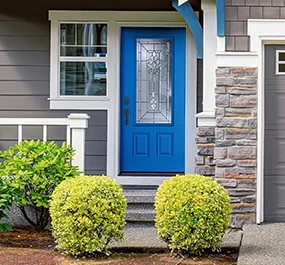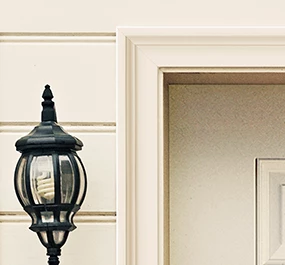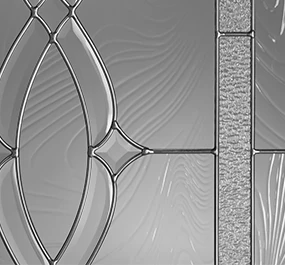
Using ADA-Compliant Fiberglass Doors
Accessibility and ADA compliance are key considerations in the design and development of both private and commercial housing. Doors are a key component of accessibility design and compliance. This course will examine accessibility considerations and code requirements in multifamily and other residential environments and discuss how fiberglass doors meet those requirements. In addition, this course will provide guidance for specifying fiberglass doors for accessibility and optimal performance.
Learning objectives for this course are:
- Examine how doors impact the creation of accessible environments.
- Explore the benefits of specifying fiberglass doors to help meet accessibility requirements, as well as consumer demand.
- Examine the accessibility requirements of various housing types.
- Determine the benefits of fiberglass doors when designing and specifying doors and doorways for ADA compliance.
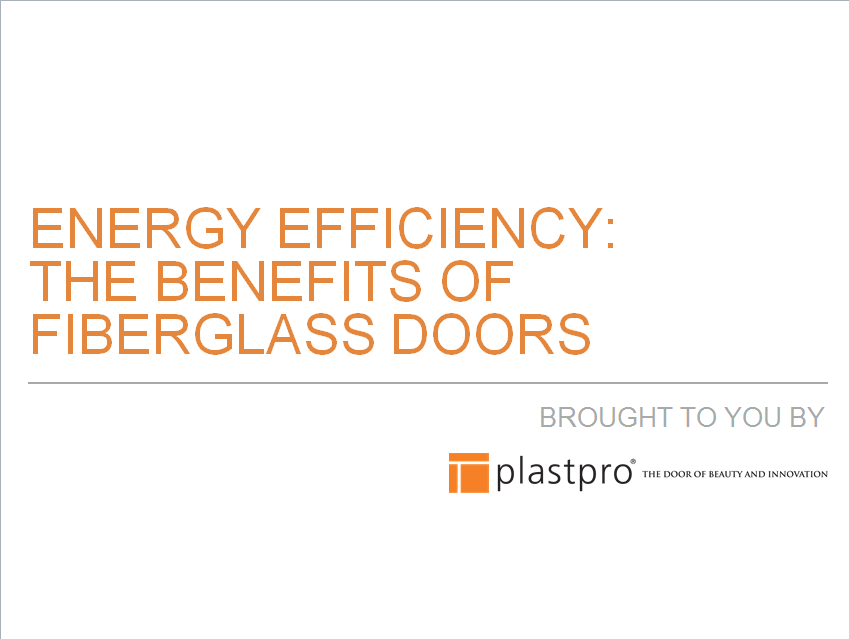
Energy Efficiency: The Benefits of Fiberglass Doors
This course will provide an overview of how energy efficiency impacts today's building industry, current green housing trends, and how fiberglass doors contribute to sustainable building solutions. In addition, this course will look at the ENERGY STAR program and the contributions made to building awareness using energy-efficient products.
Learning objectives for this course are:
- Explore the benefits of sustainable-green building.
- Analyze the contributions of the ENERGY STAR program to build awareness of energy-efficient products.
- Examine the role of energy efficiency in today's building industry.
- Determine how fiberglass doors can play a role in creating sustainable building solutions.
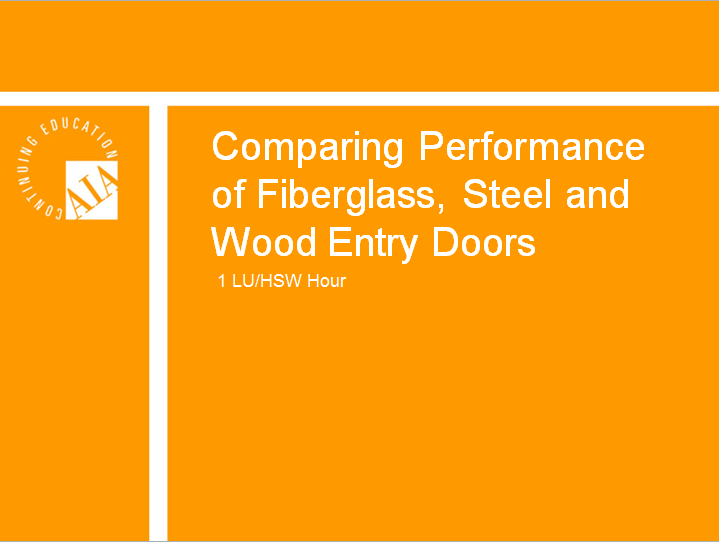
Comparing Performance of Fiberglass, Steel and Wood Entry Doors
This course will compare the structural and performance features of fiberglass, steel, and wood entry doors. It will also specifically focus on fiberglass entry systems, identifying where fiberglass may contribute to LEED rating systems, fire safety, and other building safety codes.
Learning objectives for this course are:
- Compare structural and performance features of fiberglass, steel and wood entry doors.
- Identify performance and safety features of fiberglass, steel and wood entry doors and their testing procedures.
- Describe where fiberglass entry doors may contribute to LEED points in LEED for Homes and LEED V3.
- Describe how to specify an entry system based on your project requirements.
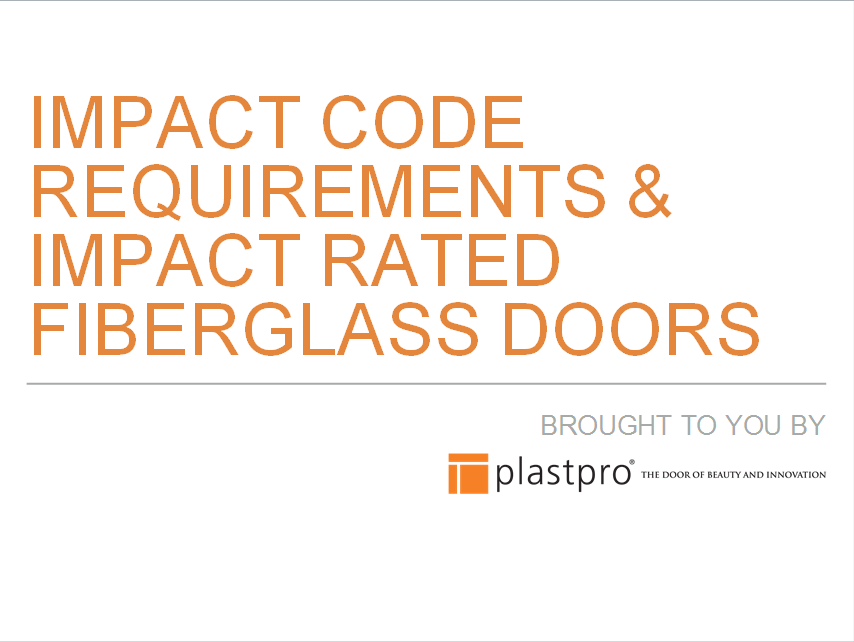
Impact Code Requirements & Impact Rated Fiberglass Doors
This course will provide an overview of the current impact requirements in the United States, as prescribed by state and national building codes. In addition, this course will provide an overview of the differences between wind-borne debris regions (WBDR) and high velocity hurricane zones (HVHZ).
Learning objectives for this course are:
- Identify the difference between Wind-Borne Debris Regions (WBDR) and High Velocity Hurricane Zones (HVHZ).
- Describe the advantages and disadvantages of impact fiberglass, wood, and steel doors with regard to impact requirements.
- Describe the building codes and impact requirements for the United States.
- Describe impact rated doors.
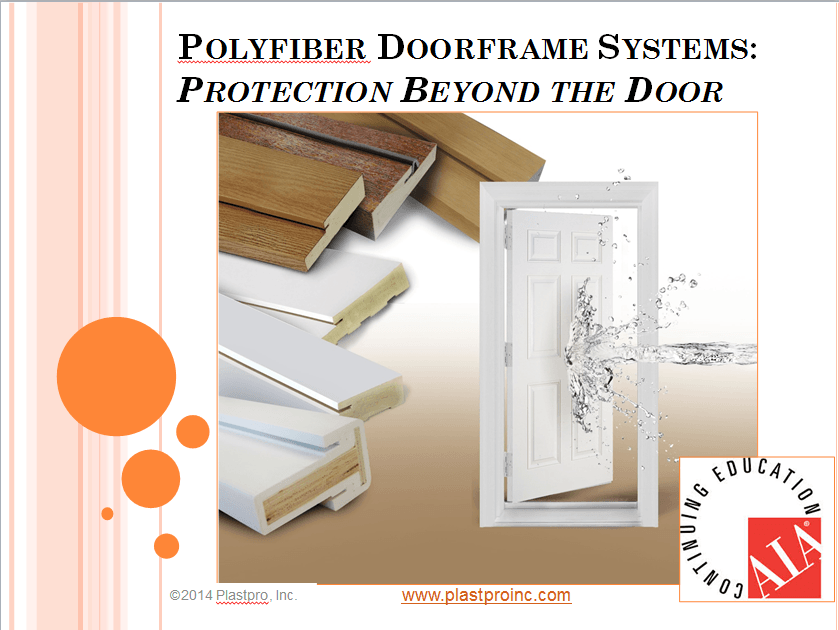
Polyfiber Doorframe Systems: Protection Beyond the Door
Provides an overview of polyfiber, wood plastic, composite material for doorframes. Highlights the benefits of polyfiber door frames over traditional doorframe materials, the available design options, and its place in a complete composite, moisture, and insect-resistant entry system.
Learning objectives for this course are:
- Describe the performance drawbacks of the typical exterior doorframe materials of metal and wood.
- List available design options in shapes and finishes.
- Discuss how the combination of a polyfiber frame and fiberglass door can offer complete protection against pests and the elements.
- Define polyfiber, including materials used to make it, the manufacturing process, and general performance characteristics.
- Discuss the performance benefits of polyfiber doorframes, including testing showing the materials moisture, rot, and insect resistance.
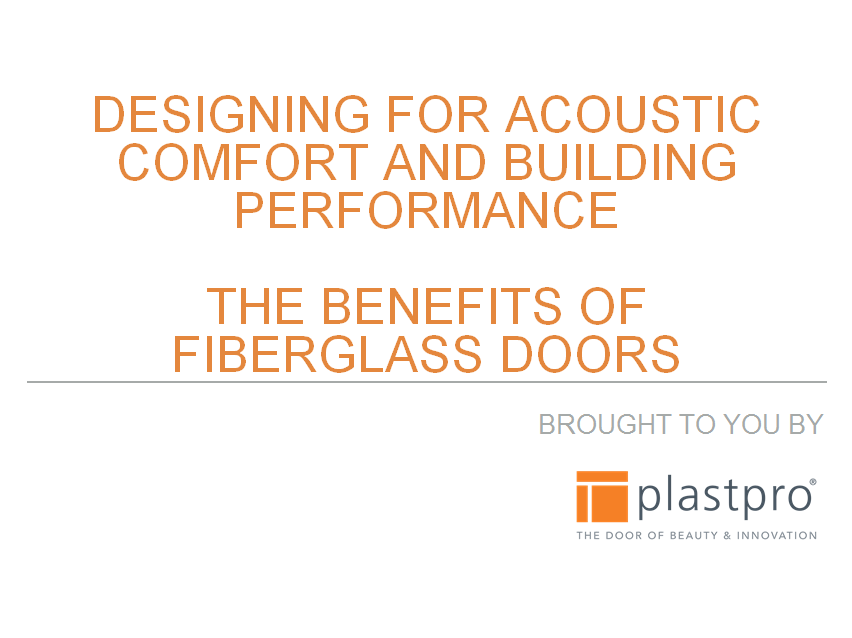
Designing For Acoustic Comfort and Building Performance
This presentation will look at the use of fiberglass doors when designing for acoustic comfort.
Learning Objectives:
- Examine the need for sound control and acoustic comfort for occupants in the built environment
- Compare the two key sound rating systems: STC and OITC
- Discuss best practices for selecting a sound rating system that promotes health and wellbeing for the occupants of residential or commercial buildings
- Explore the benefits of using fiberglass doors for acoustic comfort and the wellbeing of occupants
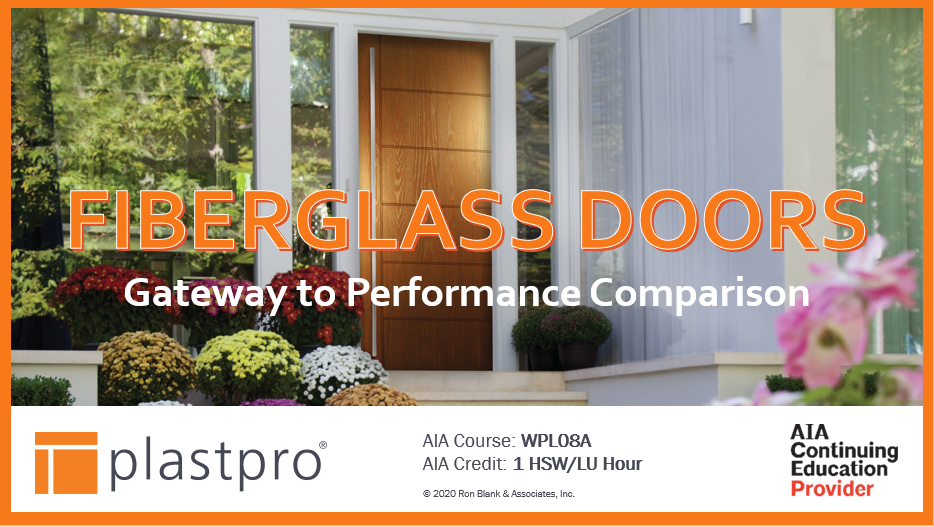
Gateway to Performance Comparison
Provides an overview of the components, green features, and testing standards of fiberglass entry doors, as well as a comparison of the properties between fiberglass, wood, and steel doors.
Learning Objectives:
- Explain the physical and structural components of fiberglass entry doors that combine to create a durable, long-lasting product.
- Explain the energy performance rating system of the National Fenestration Rating Council (NFRC).
- Discuss the sustainable aspects of fiberglass doors and the relationship to various green programs, such as ENERGY STAR® and LEED.
- Contrast the environmental, structural, and aesthetic performance among fiberglass, wood, and steel doors.
If you'd like to have one of our courses presented at your firm, please request a Lunch and Learn and one of our sales representatives will get back to you as soon as they can.
